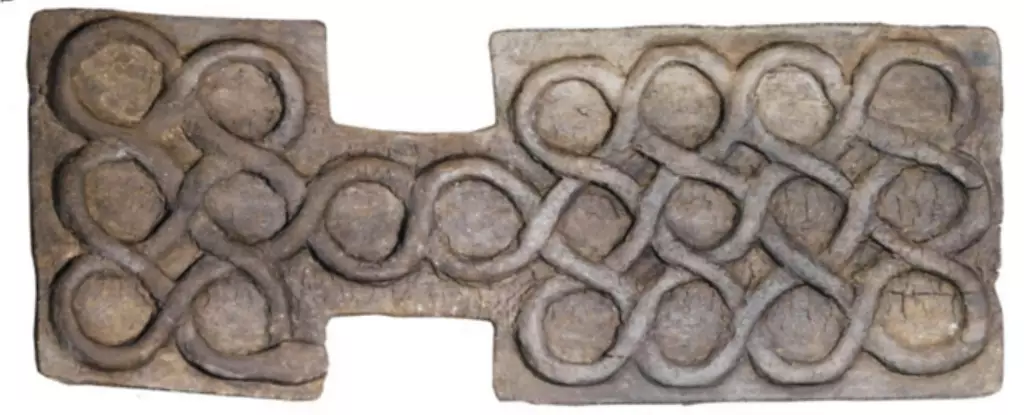Board games have long served as a source of entertainment and social engagement, spanning cultures and epochs. Among the most fascinating examples of ancient gaming is a recently analyzed board game unearthed from the archaeological site of Shahr-i Sokhta in southeastern Iran. Dating back approximately 4,500 years, this game not only tells stories of leisure but also reveals intricate layers of societal structure during its time. Nearly five decades after its initial discovery in 1977, modern scholars have begun to piece together its rules and significance thanks to the dedicated efforts of researchers like Sam Jelveh from the University of Essex and independent archaeologist Hossein Moradi.
The excavation site yielded a comprehensive trove that included a game board, 27 pieces, and four distinctive dice. Notably, the game board exhibits a unique design that alludes to a serpentine shape, with designated sections serving various functional purposes. This strategic layout raises questions about the social and cognitive constructs of those who played it. Unlike the Royal Game of Ur, which shares semblances with this board game, the components here suggest a deviation in play style, perhaps indicative of local customs or strategies unique to that era.
This assortment of artifacts offers a window into a recreational pastime that was likely embedded in the daily life of Shahr-i Sokhta’s residents. The combination of runner pieces, protective star-like tokens, and cone-shaped blockers also suggests a game rich in strategy, where players had to navigate their own paths while thwarting their opponent’s moves.
Through meticulous analysis, researchers have proposed a set of hypothetical rules for the Shahr-i Sokhta game, grounded in historical context and comparative studies. By studying similar board games and employing probability models, Jelveh and Moradi have speculated the various roles of recovered pieces. The emphasis on empirical modeling not only lends credibility to their findings but makes the experience accessible to contemporary audiences.
Interestingly, the researchers underline that while their proposed rules are informed by archaeological evidence, they do not claim to unearth the exact mechanics used by ancient players. Instead, they offer an educated hypothesis based on modern interpretations of historical games and patterns derived from gameplay testing involving 50 modern participants. This adaptive approach underscores the fluid nature of game design, both in ancient times and today.
The cultural landscape of Shahr-i Sokhta during its zenith in the third millennium BCE highlights the city as a center of activity and creativity in the eastern Iranian plateau. The findings from this site underscore the integral role of games in societal interactions, offering a means of bonding, strategy development, and perhaps even a form of conflict resolution.
Archaeologists note that the presence of similar games across the region—over one hundred have been documented—indicates a shared culture of leisure among neighboring cities. Dubbed the “game of twenty squares,” this nomenclature showcases not only the popularity of board games but also their relevance in connecting communities over time.
As we rediscover these ancient games, we find ourselves drawn into the lives of those who played them centuries ago. Play serves as a universal language that transcends time, reminding us of our human desire for connection, competition, and creativity. The scholars’ efforts to unveil the game from Shahr-i Sokhta do more than recreate rules—they breathe new life into the past, suggesting that the joy derived from playing games is a timeless human experience. As history continues to reveal itself through archaeological discoveries, the legacy of play remains an integral part of human civilization’s enduring narrative.


Leave a Reply